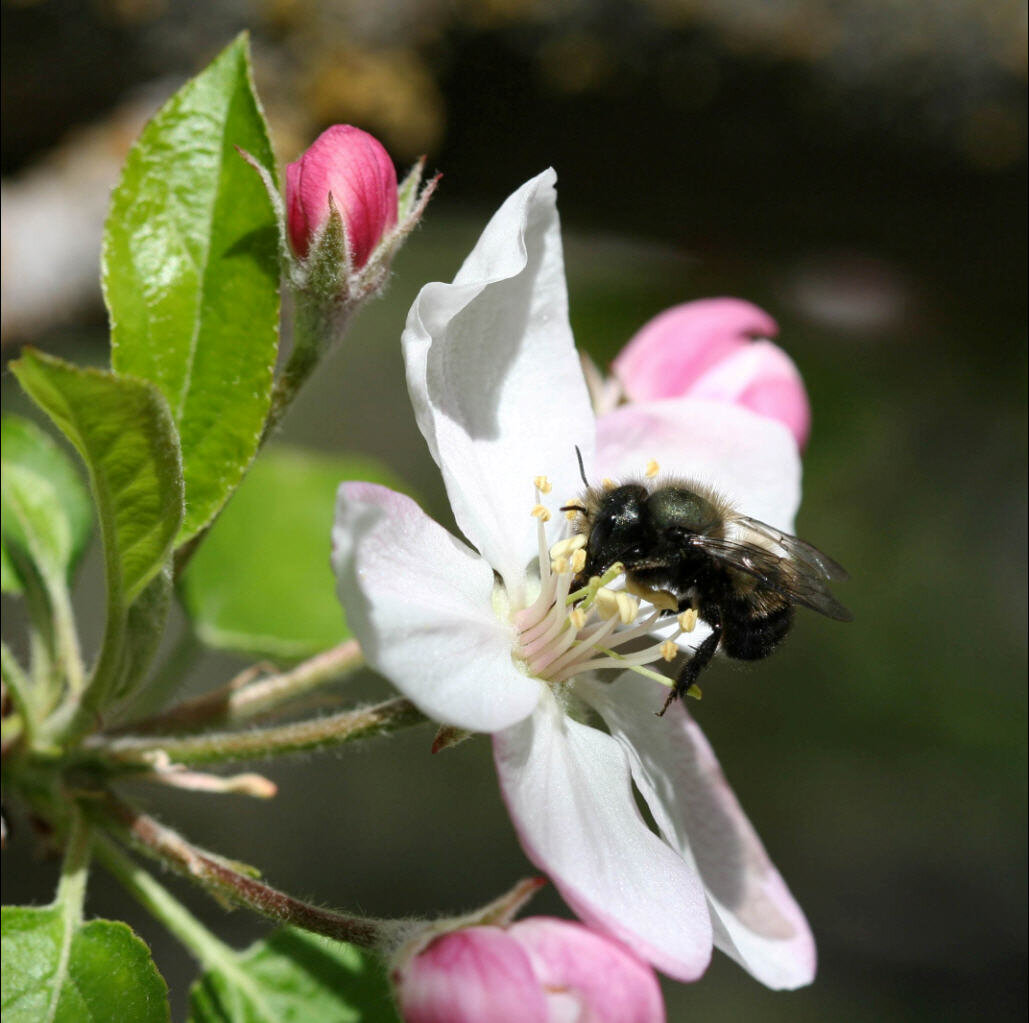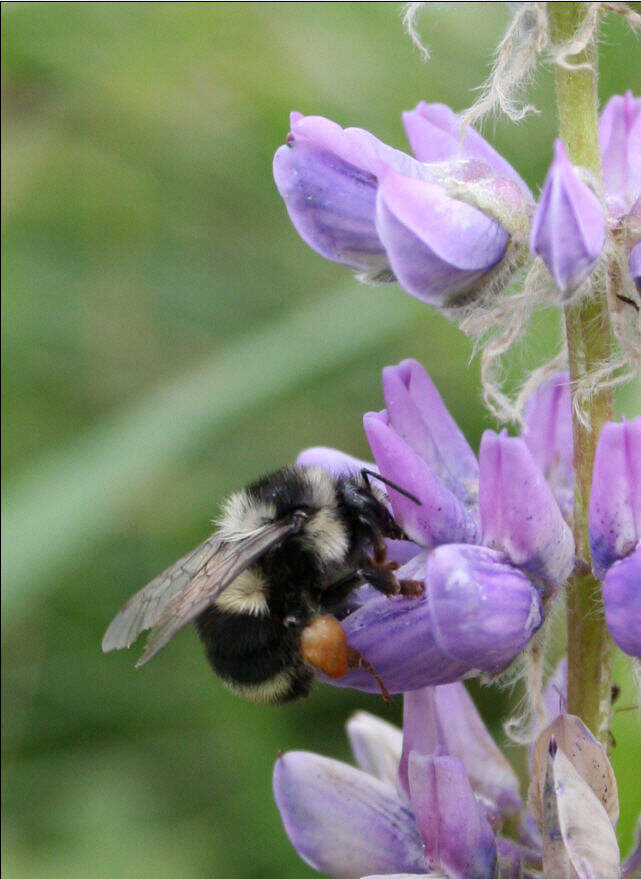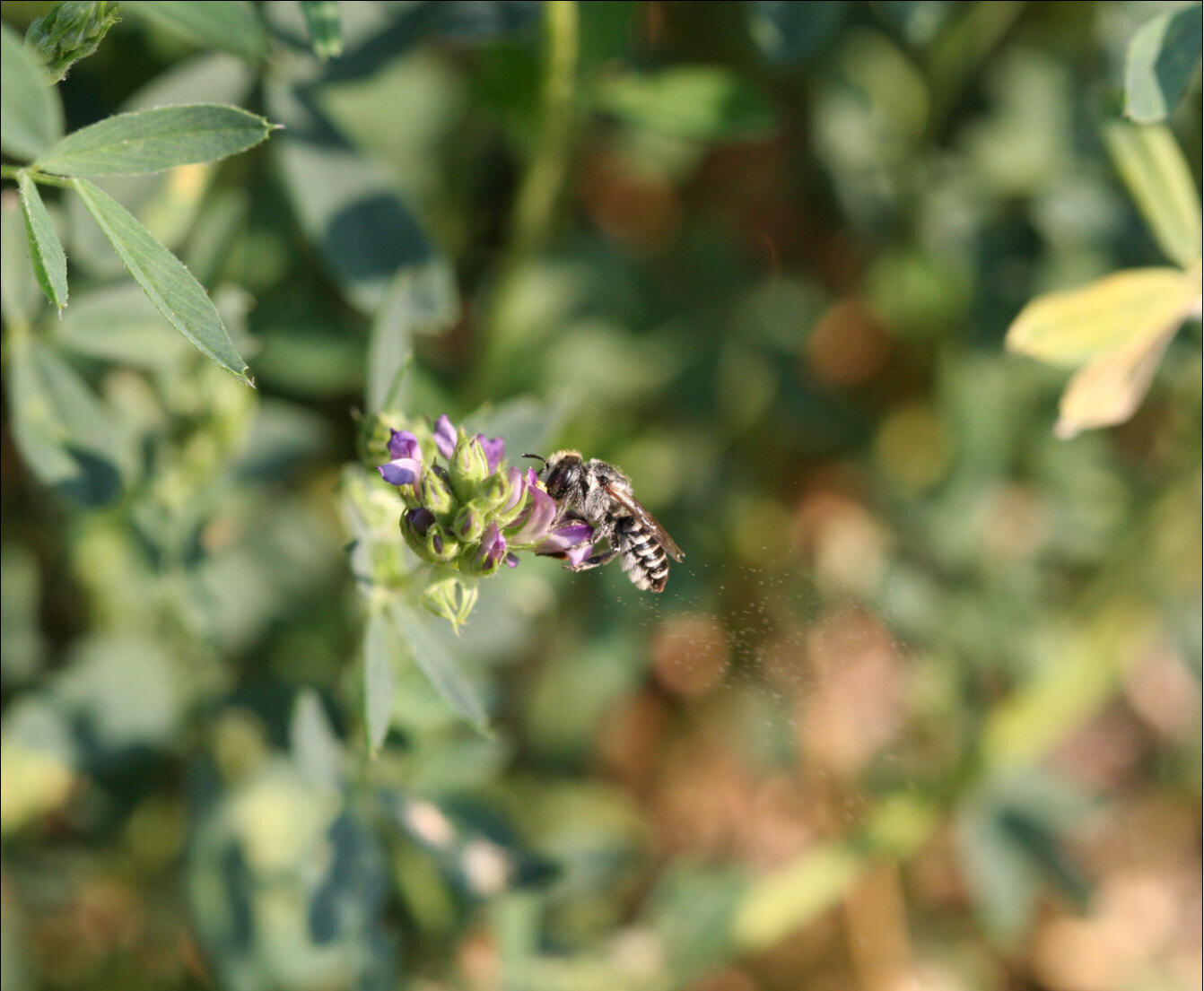The Truth about Bees
We might take it for granted, but honey bee pollination is essential to produce many fruits, vegetables, and nuts we love and enjoy everyday. Unfortunately, we're currently faced with an alarming supply and demand challenge. In the U.S., we're growing more crops that require pollination. At the same time, the honey bee population continues to decline, forcing farmers to turn to alternative methods to pollinate their crops.
Beekeeping in America
Let’s start with the beekeeping business in American agriculture. Nearly 80% of commercially-grown crops (approximately one-third of the food we eat) depend on insect pollination.
This is where the beekeepers come in. Beekeeping in the commercial growing sector accounts for $15 to $20 billion in economic value. Far from a trivial job, beekeeping requires extreme passion to travel from state to state, in search of "blooming" crops.
How many bees are we talking about here?
The largest pollination event in the world occurs every February in the U.S.; researchers estimate California’s almond crop requires at least two hives per acre for pollination. With 1.3 million acres of almonds grown in California in 2017, these fields alone require billions of bees and thousands of beekeepers to help pollinate the crop.
What’s happening to the honey bees?
As the need for honey bees continues to grow, the U.S. is simultaneously experiencing a huge decrease in honey bee populations. Last year alone, managed honey bee colonies in the US decreased by 40% despite beekeepers’ best efforts. When so many bees arrive in California's Central Valley all at once each year, it all but guarantees that they will spread fungi, viruses, and mites to one another as they come into contact with each other in the hives. The decease in population is also due to parasites, pesticide misuse, and lack of sufficient food sources. With the decrease of honey bee availability, it's not surprising that prices today are four times what they were in 2004.
So, what does this mean?
An increasing demand for honey bees, together with a dwindling supply, and astronomical prices means more and more farmers are turning to the use of multiple species of bees native to North America for pollination. Some examples are the blue orchard bee, the bumblebee and the alfalfa leafcutter.



Many new studies recommend the use of multiple bee species to achieve sufficient pollination and some even promise increased yield. A recent study indicates that some crops require around 80 different bee species for proper pollination!
How can you help native bees?
As a farmer, there are multiple ways to help attract, retain, and protect native bees in your area:
- Provide an abundant food supply by planting hedgerows and a variety of wildflowers
- Spray insecticides and pesticides later in the day, if possible (bees are less active the closer it gets to sundown)
- Avoid accidentally exposing flowers (bees’ primary food source) to insecticides and pesticides by spraying on calm days
Extra Credit
Check out these documentaries for more fascinating information about bees!
Hive Alive (Netflix): Get a glimpse of the complex world of honey bees in this two-part documentary.
Rotten: Lawyers, Guns, & Honey (Netflix): Demand for honey bees grows, but populations are dying off. Let's just say that shady tactics come into play...
21 Days of a Bee's Life (TED Talk): A project for National Geographic examines why bees are so vulnerable.
Burt's Buzz: The chapstick they sell is great, but we think you'll love the (entertaining) story of the founder of Burt's Bees even more.
Still want more?
See our references below for more mind-blowing articles about bees
The Mind-Boggling Math of Migratory Beekeeping
How Farmers Can Help Pollinators
Plan Bee: The Rise of Alternative Pollinators
Commercial Beekeeping in Agriculture
How wildflower plantings on farms benefit bees and crop pollination
How many bee species does it take to pollinate a farm? Far more than you think.

